Facebook has long been recognized as one of the powerhouses of social media. These days, it's hard to go just about anywhere without hearing or seeing some mention of it. And due to the popularity of the site, many individuals and companies creating Facebook apps. Whether it's for entertainment purposes, linking to other sites or company promotion, there's a multitude of options that show signs of bearing some fruit. But what all goes into a Facebook app?
The basis for every app created on Facebook is integration with the core of the Facebook experience. What does this mean? Essentially that apps are meant to personalize and enhance Facebook interactions.
Before the app is made, there are a couple of prerequisites.
First, you'll need a Facebook account. After all, a Facebook app without a Facebook account is pure blasphemy right? If you already have an account, you can simply log in, but be aware that if the desired app is for a company, you will not be able to use the company account. Unfortunantely, Facebook has restricted the ability for a company to create apps. You will need to create the app using your personal account. When it's complete, it can be added to the company page.
Second, you'll need basic knowledge of web programming. Luckily, it's not too complicated. Check out the tutorials on w3schools to get started.
Third, make sure you have free space on a web server to host the app.
And Fourth, after you've setup your account/logged in, you'll need to install the Dev Application (found in Facebook's App Center) and add it to your profile.
Got that done? Now, you're ready to begin creating your Facebook app.
Setup New Applications
Using the developer app you installed, you will be able to name the app (you can rename it later if need be), agree to the terms of service and upload an image for the app.
App Settings
In the application settings, there will be an option to setup your canvas (everything needed for an app), so you’ve got your Canvas Page, Canvas URL, Canvas Callback URL and the setup page.
- Canvas Page
This is the main page users will see when they click on your app. You can create this page using a non auto-formatting text editor (Gedit text editor and Microsoft notepad are examples) with HTML as the rendering method. - Canvas URL
In this stage, you can create a unique name for your app, by placing it in the URL. This will enable users to find your app that much more easily. - Canvas Callback URL
This is the full URL of the canvas page, which allows for easy accessibility. This is stored on the MySQL server where you will store your app. You’ll need to create a subdirectory in the host server. - Setup Page
This page is needed so users can add your app. Basically you’ll use beginning PHP script and the file you entered as the canvas callback URL. There are tutorials for how to do this with the Facebook SDK for PHP tutorial from the Facebook Developer's Page.
Once you have all that put in place, you’re ready to use the Facebook API.
Given the apparent complexity that goes into a Facebook app (at least for the basic user), it's not really a surprise that most apps on Facebook are created by Facebook developers. However, it's really not as difficult as it may seem. There's a lot to do, but it relies on basic knowledge. And if you get stuck, there are plenty of guides on the Facebook Developer's Page.
Other blog articles:
← Things to consider when developing for iOS7
The Influence of BYOD on Enterprise App Stores →
Web. Mobile. Open Source.
Accomplish your software projects fast with our experience.
Get A Free Estimate
